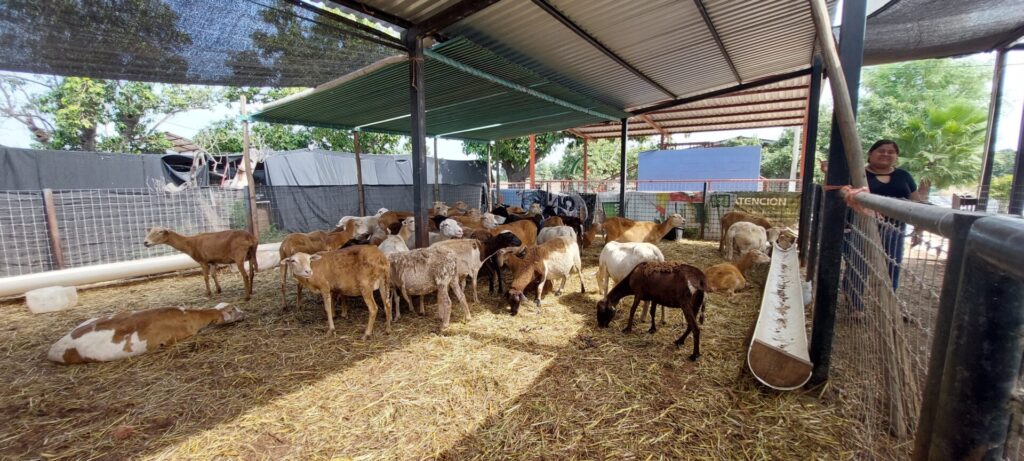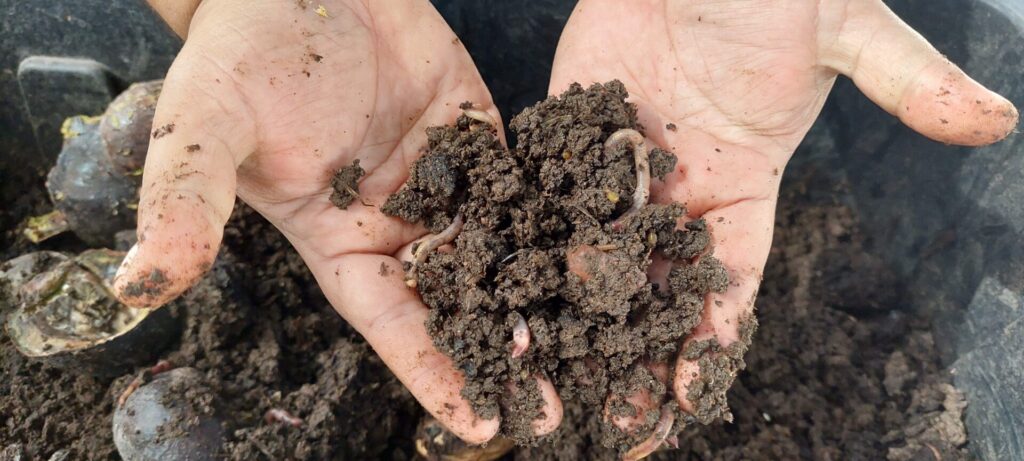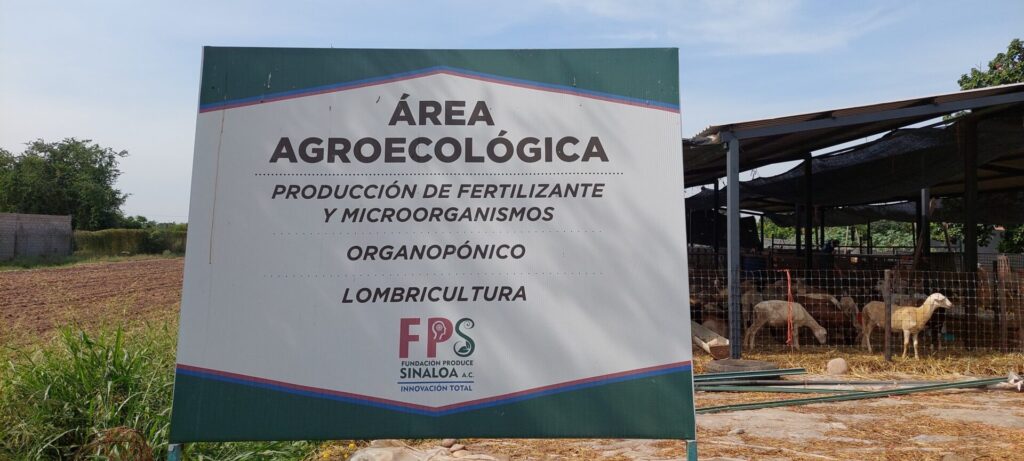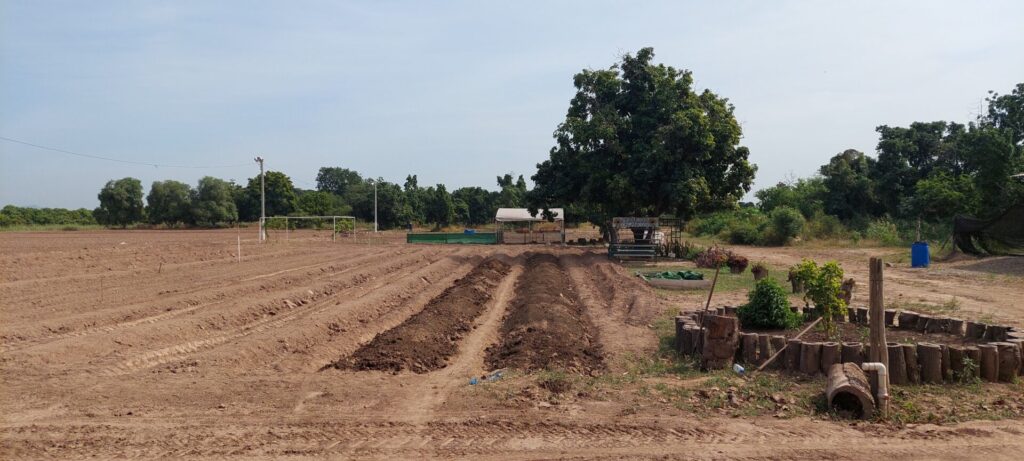With the need to generate alternatives to have a healthier countryside, Produce Sinaloa Foundation develops research for the production of biofertilizers that can help farmers nourish their crops while reducing their production costs.
Alejandra Bueno FernándezAgricultural Engineer, explains that using an artisanal technique, they produce vermicompost based on manure from sheep and rabbits that are raised in the area. Agroecology of SPF.
You may be interested in: Efficient water use in Mexico is possible, learn how to use it.
"We as Fundación Produce are in charge of developing alternatives or methodologies and transmitting them to farmers, in this case we have an Agroecological area, where we start from the breeding of sheep and rabbits to obtain our raw material. In this case, the raw material is manure, which we pass through a pre-composting process to make a biofertilizer which, in this case, is red Californian earthworm humus", he emphasizes.

Production process
The agricultural engineer explains that for the production of organic fertilizer Once they have the raw material, they start a watering and aeration process to lower the PH and temperature levels.
Once it is ready, it is taken to six beds, where, on a 10-centimeter layer of manure, they sow red California earthworms.
"In the size of the beds that we manage, we sow one kilogram of worms per linear meter, which is around 1,600 to 1,800, the number of individuals varies depending on the size, because when we harvest, adults and juveniles leave," he explains.

Once planted in the beds, they are irrigated with 85 to 90 percent humidity so that the earthworms are in optimal conditions to begin their reproduction process.
Bueno Fernández adds that every 25 to 30 days they add a second layer of 10 centimeters of manure, repeating the process two or three times, to reach the trapping process.
"We put a 15-centimeter layer of manure in some rigging, after 7 to 10 days we go and check and our earthworm has risen, we harvest that earthworm and deposit it in another bed that we already have ready and we begin to remove the entire humus harvest and transfer it to a drying or maturation plate," he says.
Must read: Company to recycle and regenerate plastic used in agriculture at Culiacan plant
This is followed by the solid humus maturation process, from which the following are extracted leachateEach flower bed has a pipe that connects to a 1,000 liter bucket that is buried and every 27 days or every month this by-product is removed.
"Once I have a certain amount, I analyze that product and we obtain that the leachate has a higher load of microorganisms and nutrients than a simple leachate, its PH is in optimal conditions, it is in the range of 5.7-5.8, which is the range in which it should be for the plants to assimilate it favorably," he explains.

Derivative products
The engineer adds that they also elaborate a tea produced from solid worm humus matured with rainwater or serene water and added with nettle.
"We send it for analysis and it gives us as a result a biofertilizer rich in phosphorus, potassium and calcium that we can apply to our plant via irrigation or foliar," he says.
Changing the chip of farmers is the challenge
Although witnesses have validated that these organic products do help in crop nutrition and in reducing production costs, Alejandra Bueno points out that it is very difficult to change the way of thinking of farmers who have used chemical products all their lives.
We recommend: Water footprint: what is it and why is it important to measure it?
"They are imposed to use chemicals that, for the little worm, that this fertilizer to make it (the planting) go nicer, so what we want to do is to reduce the production costs that they might have, using more viable and healthy alternatives for us," he says.
"Here is to raise awareness of how we are in terms of global health due to the indiscriminate use of agrochemicals. With organic agriculture we are not trying to replace chemicals, but to do it in a mixed, balanced way, to avoid environmental and health problems," he says.

However, the person in charge of the Agroecology area, in Produce Sinaloa FoundationHe celebrates that there are already people who started to implement this type of alternatives, even some farmers already have their own worm farms to test in small spaces.
"I think we are on the right track, in addition to the fact that more alternatives have been coming out, more totally organic products and the time will come when the farmer will opt for these tools," he anticipates.
Bueno Hernandez urges farmers to approach Fundación Produce to see the alternatives we are handling and begin to replicate them, because the ultimate goal is to develop research and transfer knowledge to those who work the land.


